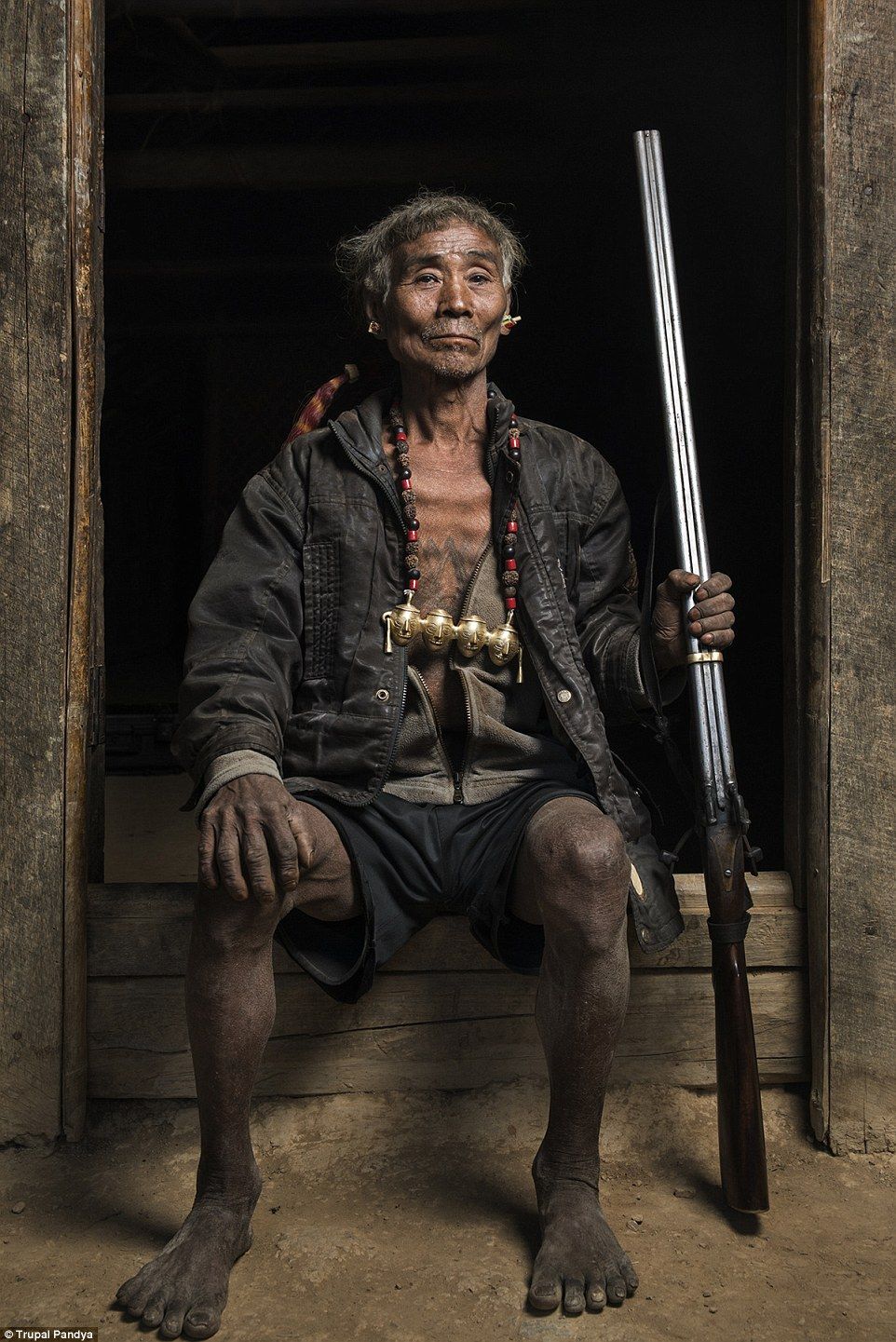(Rendezvous with Mihir Bhattacherjee – An ex-BSF Armed Forces Personnel)
As a past native of Bharat’s North East, I have been promoting the region in globally renowned travel publications and I am often asked the question – “Why is this part of Bharat not in the centre stage – politically, socially and economically?”
The answer isn’t all that difficult to comprehend. Apart from being remote, the region was meted out a step- motherly treatment by the previous dispensations in New Delhi. People of North East Bharat have for long suffered terribly at the hands of dreaded militant groups like NSCN, ULFA, MNF and what have you…….
However with the advent of Prime Minister Modi, Bharat’s North East, which was the focus of the last G20 Summit in Bharat aligning in tandem with the nation’s ambitious Act East Policy, the region is on the cusp of a revolutionary change.
Below are the excerpts of a free flowing conversation on the Act East Policy with a native of North East – Shri Mihir Bhattacharjee, (an ex BSF Armed Forces Personell) who is also one of Bharat’s ” Star Sewak” or ” Viksit Bharat Ambassador” –
Q: What was the genesis of the Act East Policy?
A: As a follow-up to India’s Look East Policy introduced in the early 1990s, Prime Minister Narendra Modi has made “Act East” a launch pad for his government’s more focused engagement with the East Asia. Earlier, the Look East Policy concentrated on the Association of Southeast Asian Nations and Japan, but it was realized later that Bharat’s outreach to the East could not be confined to Asean and Japan, nor only in the economic sphere.
Consequently, the Modi government decided to put more emphasis on improving Bharat’s relations with Asean and the other East Asian countries by enlarging the core interests of the region to include the immediate requirements of national and regional security. Thus the Look East and Act East policies highlight Bharat’s military, political and economic interests along with those of regional partners in the East.
Q: Will the Act East Policy help in fulfilling Bharat’s aspiration to play the role of a “Vishwaguru” or World Teacher at the global stage?
A: Prime Minister Narendra Modi is focussed in enlarging an earlier Bharatiya mindset confined to South Asia to include the entire East, and spreading to West Asia and Africa. In fact, the Indian Ocean Rim is a strategic link from the Strait of Hormuz to the Strait of Malacca, making it a highly volatile maritime zone. Prime Minister Modi very well understands that India and the Indian Ocean are appropriate halfway points between West and Southeast Asia.
Thus all these developments have prompted India to revitalize its role in the East as a promoter of economies and also as an effective provider of security. Bharat’s outreach to the East has witnessed a significant transformation that does not depend solely on one or two countries or even Asean.
Thus the Act East Policy has a very strong and effective agenda that can ensure peace and progress in the entire East and also the whole world in the true spirit of vasudhaiv kutumbkam – “the world is one family”.
Q: How significant is the Act East Policy for Bharat’s North East?
A: Northeast of Bharat was the focal point in terms of industrialization during the British rule. However, with the 1947 partition of Bharat, the North Eastern region became isolated, and due to the step motherly treatment meted out by previous dispensations, the region became economically weak and vulnerable from rest of India.
Prime Minister Modi is aware of the fact that no other region of Bharat can match the North East in terms of availability of natural resources and international border. The North East of Bharat shares borders with South Asian countries like Bangladesh, Bhutan and Nepal, and with Southeast and East Asian countries like Myanmar and China.
North East of Bharat is the strategic link of Bharat’s connectivity with Southeast and East Asia. The Act East Policy is tailormade for North East Bharat so that the region can be developed as a base for Bharat’s burgeoning economic links, not only with Southeast Asia but also with countries like Bangladesh and China.
Q: There are serious question marks over North East Bharat’s connectivity and infrastructure. What is your take on the matter?
A: Being a native of North East, I have no hesitation in saying that road, rail and air connectivity has to be strengthened. Railway connectivity in particular has improved a lot with all the state capitals being connected by rail with Mainland Bharat.
The Government of India through its nodal agency Mdoner ( Ministry for the Development of North Eastern Region) have already invested Rs 2 Lakh crore on road projects with the aim of connecting every village and thereby driving prosperity.
In terms of air connectivity, Goverment of India’s regional connectivity scheme UDAN was launced in 2016 that allows common citizens with easy access to aviation services. Very soon all the North Eastern State airports will be internationally linked under the UDAN 4.0 Scheme.
Q: The Indian government has been trying to bridge the isolation of North Eastern states through the Act East Policy (AEP). What is the situation like at the ground level as there is a perception that the region is terrorist infested?
A: Being an ex armed forces personnel, the question of the very existence of militant groups in Bharat’s North East is null and void as their backbone has been crushed. Caders of terror outfits like ULFA, NSCN, MNF etc…..are laying down arms and returning to the mainstream.
For much too long, the central government in Delhi offered a step-motherly treatment to this region. In terms of industrial development and wealth creation, the region has for a long time been in a splendid isolation. As a result of this neglect, the pent up anger, frustration and aggravation of decade after decades of misgovernance spiraled into one of the biggest security concerns that the government of India was faced with.
However, after a thorough analysis of the North Eastern psyche, good sense has ultimately prevailed and today there is an exclusive Ministry for the Development of the North Eastern region and the present Narendra Modi led BJP government has inducted as many as five Cabinet Ministers from Bharat’s North East.
Q: The North East is referred to as Bharat’s Wild East or Bharat’s Marlboro Land. Is the phenomenon of tourism likely to play a decisive role under the ambit of the ambitious Act East Policy?
A: Certainly yes. There has been a growing awareness on the part of the dispensation that one of the most effective ways to combat terrorism in the North East of India doesn’t necessarily mean crushing rebellions with brutal paramilitary forces. Prime Minister Modi understands well the niche role that Tourism can play in eradicating terrorism. It has finally dawned upon the powers that be in Delhi and for the first time in many, many years, there is actually a proper Tourism Policy exclusively meant for the North East.
The fact that the North Eastern States are given a free booth in the world’s largest Tourism Fair – International Tourism Mart, Berlin (ITB) is an indication of the government’s efforts to promote tourism in this part of the world.
Q: Many Geo-political experts are of the opinion that the Sela Tunnel ( World’s highest twin lane tunnel, 13000 feet) will be a jewel in the crown of India and a perfect riposte to China’s hegemonistic tendencies, given the Chinese Red Army’s claim that Bharat’s North Eastern state of Arunachal Pradesh, where the tunnel is located, is their territory. What is your take on this matter?
A: Geo-political experts believe that the Sela Tunnel will be a “Game Changer” for not just the Indian Army, viz-a-viz the capability to traverse through unforgiving Himalayan terrain in the harsh winter months, but also the tourism boom aftermath, that the tunnel is expected to generate.
Prime Minister Shri Narendra Modi has time and again reiterated – “it is important to have civilian population in border areas” and with his government offering both financial and logistical help for comprehensive border area development, a tourism boom is in the offing, post Sela tunnel opening.
Bharat’s “Geo-Strategic Tourism Mission” that is unfolding in the remote North Eastern state of Arunachal Pradesh has the potential to reshape the world’s imagination through people-to-people contacts and the Modi doctrine is demonstrating how tourism would play the role of a catalyst, bring about peace and stability in a region as strategic as Tawang/Yangtse plateau.
Conclusion:
Thus, with Bharat on the threshold of global greatness and with the Act East Policy being implemented in all seriousness at the ground level, finding reflections in mega strategic infrastructure projects like the Sela Tunnel – a whooping Rs.700 crore affair; the world is waiting with bated breath how Bharat’s Act East Policy in the North East unfurls at the global altar!
Written By:
Subhasish Chakraborty
Disclaimer: The opinions expressed within this article are the personal opinions of the author. World Hindu News is not responsible for the accuracy, completeness, suitability, or validity of any information on this article. All information is provided on an as-is basis. The information, facts or opinions appearing in the article do not reflect the views of World Hindu News and World Hindu News does not assume any responsibility or liability for the same.











